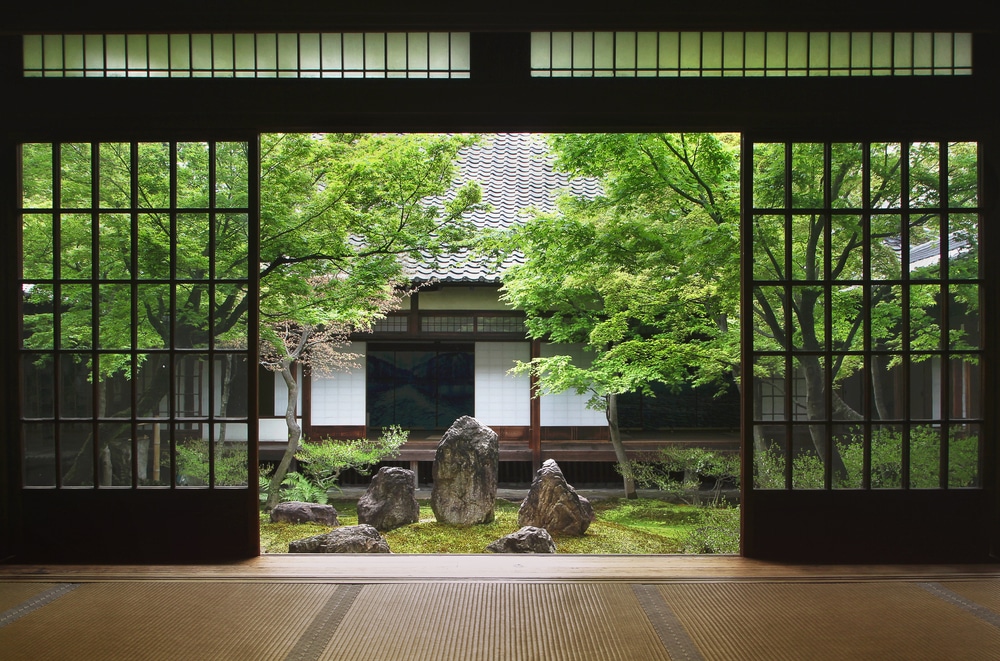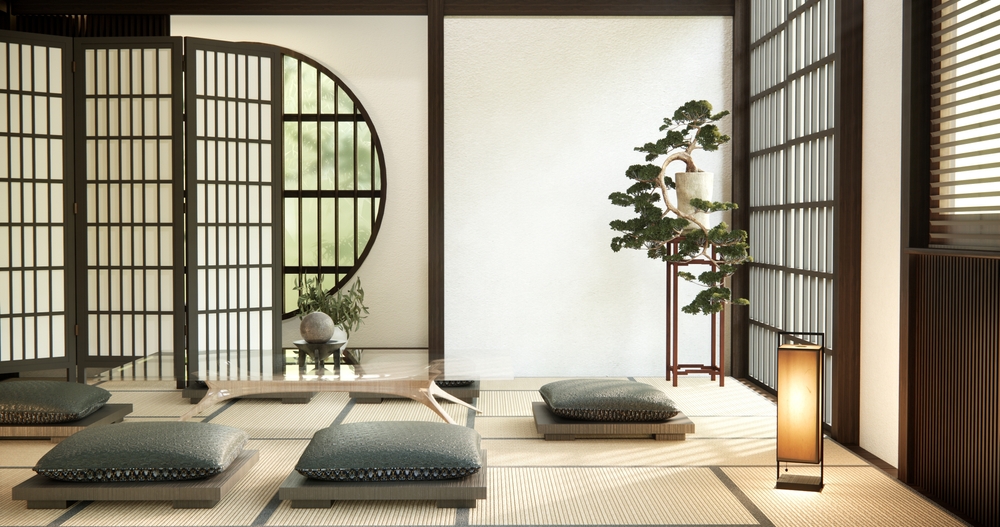Body sushi, or nyotaimori, is an eating custom that combines human attractiveness with the skill of sushi preparation to create an experience beyond regular cuisine. The Nyotaimori models, who are essential in converting a meal into an immersive art form, are the center of this tradition. These models are essential to the experience, their presence elevating the visual and tactile aspects of the eating space; they are not just platters.
Nyotaimori models have a complex job that calls for a combination of self-assurance, discipline, and a profound comprehension of the artistic and cultural value of their position. They provide not just their physical shape as living canvases, but also their capacity to embodied the elegance and peace that tradition expects. Diners interact with food in a respectful and personal way as a result of the model and sushi’s special interaction, which transforms the activity from simple eating.
In addition, the presence of Nyotaimori models questions established eating customs and encourages visitors to reevaluate their ideas of what constitutes food, art, and beauty. Nyotaimori models contribute to the creation of a distinctive ambiance that is both provocative and tranquil, reflecting the nuanced layers of Japanese cultural traditions, by incorporating human aesthetics into the culinary experience. As we learn more about these models’ responsibilities and experiences, it becomes evident that they are essential to both the survival and development of this fascinating tradition in addition to the Nyotaimori experience.

The Life of a Nyotaimori Model
Nyotaimori, which is sometimes seen as a fusion of artistic and culinary traditions, has high expectations for the models who act as the living platforms for this special eating experience. Nyotaimori models are carefully chosen, with consideration given to factors that guarantee the preservation of the experience’s purity and visual appeal.
Selection Process
The path to becoming a Nyotaimori model starts with a rigorous screening procedure that assesses applicants based on their physical attributes, poise, and ability to maintain stance and temperature conditions—all of which are essential for the right sushi presentation. Since imperfections might detract from the sushi arrangement’s aesthetic attractiveness, models are usually required to have flawless skin. They also need to be able to lie motionless for long stretches of time—often many hours—without flinching or responding, since any quick movements might juggle the sushi’s delicate arrangement.
Training and Preparation
After being chosen, Nyotaimori models go through demanding training meant to get them ready for the mental and physical demands of the position. In spite of the uncomfortable posture of lying flat for hours on end, they will learn how to regulate their breathing and keep their muscles relaxed as part of this training. In order to keep the sushi fresh, they are also taught how to control their body temperature, which may entail learning how to mildly cool their skin without feeling uncomfortable.
The kinds of sushi that will be placed on the models’ bodies, the arrangement of the sushi, and the anticipated length of the event are all explained to them. With this information, they may work more productively with the sushi chefs and get more involved in the creative process as active participants rather than as spectators.
Physical and Emotional Aspects
There is no denying that the physical demands of the work are difficult. Remaining in a position for extended periods of time demands physical stamina and discipline. Additionally, and perhaps most importantly, models have to handle the psychological effects of susceptibility and exposure. How they see their involvement in Nyotaimori is greatly influenced by the professional setting and the attention they receive from both chefs and guests.
A mindset that appreciates the art form and values their part in maintaining its aesthetic and cultural qualities is part of the emotional preparation. Nyotaimori models frequently grow to have a strong sense of pride in their profession, seeing their job as a performance requiring both creative expression and discipline.

Artistic Expression and Human Canvas
The practice of nyotaimori, or body sushi, turns the custom of presenting food into a live artwork in which models serve as the main platform for the creative expression of culinary artistry. More than just platforms, the models in Nyotaimori symbolize the synthesis of art, performance, and culinary skill and add to the presentation’s visual and thematic components. Their stance and presence are essential to the dish’s visual effect, necessitating both physical composure and an appreciation of the meal’s creative intent.
The chef and the Nyotaimori model work together in a way that is similar to an artist and their medium. Chefs carefully evaluate the curvature and temperature of the model’s skin while determining the best location for each piece of sushi, since these details can have an impact on the sushi’s appearance and flavor. This precise positioning is necessary to preserve the sushi’s integrity and aesthetic appeal while emphasizing the human body’s inherent form and attractiveness.
There is a fine balance between creative synergy and trust in this interplay between the chef and the model. Models are required to keep a specific temperature and level of composure, frequently by lying motionless for long stretches of time, which has a direct impact on the state of the sushi and the arrangement’s overall appearance. On the other hand, the chef needs to be considerate of the model’s comfort level and personal space, making sure that the creative expression doesn’t undermine professionalism or decency.
Furthermore, it is crucial that the chef and the model communicate with one another throughout the preparation and presentation stages. Achieving the intended result necessitates mutual respect and transparent communication. Through this collaboration, the eating experience is elevated to an art form that enthralls and fascinates the audience with the flavor of well cooked sushi as well as a visually striking and sophisticated narrative.
Nyotaimori transforms the way people view and experience food by using the human canvas as a crucial component of creative creation. The article’s next section will examine how the distinctive contributions of Nyotaimori models cause a blurring of the boundaries between culinary artistry and performance art, resulting in a sophisticated interplay of gastronomic and visual appeal that subverts traditional dining conventions.
Artistic Expression and Human Canvas
The practice of nyotaimori, or body sushi, turns the custom of presenting food into a live artwork in which models serve as the main platform for the creative expression of culinary artistry. More than just platforms, the models in Nyotaimori symbolize the synthesis of art, performance, and culinary skill and add to the presentation’s visual and thematic components. Their stance and presence are essential to the dish’s visual effect, necessitating both physical composure and an appreciation of the meal’s creative intent.
The chef and the Nyotaimori model work together in a way that is similar to an artist and their medium. Chefs carefully evaluate the curvature and temperature of the model’s skin while determining the best location for each piece of sushi, since these details can have an impact on the sushi’s appearance and flavor. This precise positioning is necessary to preserve the sushi’s integrity and aesthetic appeal while emphasizing the human body’s inherent form and attractiveness.
There is a fine balance between creative synergy and trust in this interplay between the chef and the model. Models are required to keep a specific temperature and level of composure, frequently by lying motionless for long stretches of time, which has a direct impact on the state of the sushi and the arrangement’s overall appearance. On the other hand, the chef needs to be considerate of the model’s comfort level and personal space, making sure that the creative expression doesn’t undermine professionalism or decency.
Furthermore, it is crucial that the chef and the model communicate with one another throughout the preparation and presentation stages. Achieving the intended result necessitates mutual respect and transparent communication. Through this collaboration, the eating experience is elevated to an art form that enthralls and fascinates the audience with the flavor of well cooked sushi as well as a visually striking and sophisticated narrative.
Nyotaimori transforms the way people view and experience food by using the human canvas as a crucial component of creative creation. The article’s next section will examine how the distinctive contributions of Nyotaimori models cause a blurring of the boundaries between culinary artistry and performance art, resulting in a sophisticated interplay of gastronomic and visual appeal that subverts traditional dining conventions.
Ethical Considerations and Model Perspectives
As a distinctive eating custom, nyotaimori presents a number of ethical questions around the handling, agreement, and dignity of the models. Given that the technique entails the intimate presentation of food on the human body, ethical problems have been a central concern for both supporters and detractors of the practice.
Consent and Respect
The question of permission is one of Nyotaimori’s main ethical concerns. Models need to be completely aware of the expectations and nature of the event before they commit to participation. They ought to be free to provide their express permission without being forced to. By giving their agreement, models may be confident that they are at ease with the dynamics of being a prominent creative element and that they voluntarily accept their job.
Another crucial factor is respect. It is required of guests to behave with the highest level of sensitivity and professionalism, abstaining from offensive language or actions. The need of treating the models with the same respect as any performance or artist is something that organizers frequently stress.
Dignity and Empowerment
Many models perceive their involvement in Nyotaimori as a kind of creative expression, despite the opinion of some that it might be objectifying. In addition to being an artistic endeavor, they see serving sushi on their bodies as a means of questioning and investigating cultural expectations around nudity and the human form.
Some models, for example, say the experience has given them a platform to respectfully appreciate their bodies, which has empowered them. They like the dexterity and attention to detail with which chefs arrange the sushi on models’ bodies as well as the cordial working relationship that usually prevails between chefs and models. Numerous models also mention how well-hygienic and safe the workplace is, with rigorous adherence to safety procedures.
Firsthand Accounts and Experiences
Models who have opened up about their experiences frequently emphasize how the professionalism of the industry affected their perception of Nyotaimori. One model remembers the encouraging environment among coworkers and clients, adding that the position was gratifying because of the diners’ kind behavior.
One of the models said she felt free to participate since it gave her an opportunity to present her body in a respectable way. The artistic and ceremonial components of Nyotaimori, which value art and performance over simple spectacle, were the source of this liberating feeling.
Even with the inspiring tales, not every model experiences the same things. Since some have been subjected to cruelty or objectification, it is crucial to uphold the highest ethical standards when planning and carrying out Nyotaimori activities.
In conclusion, despite the criticisms leveled about Nyotaimori, the ethical issues it presents may be successfully resolved by guaranteeing transparent communication, honoring consent, and fostering an atmosphere in which models feel valued and empowered. Models’ firsthand accounts show that, when followed attentively, the custom is neither intrinsically objectifying nor harmful, which is a tribute to the nuanced interaction between art and ethics in the eating industry.
Balancing Artistic Integrity and Dignity in the Future of Nyotaimori Models
Since Nyotaimori models straddle the line between art and cuisine, their influence on this distinctive eating custom is paramount. Their presence gives life to a profession that demands a profound regard for the human body as a medium for expression in addition to showcasing the accuracy and expertise of sushi chefs. Because of this, it’s critical to keep a fine line between creative integrity and individual dignity. It is imperative that nyotaimori models are treated with the highest dignity and that their participation is in accordance with their comfort and agreement. Their performance as part of their role calls for professionalism and discipline, but it also calls for maintaining their dignity at all times.
The opinions and viewpoints of its models will be crucial to the future of nyotaimori as it develops and adapts to new cultures and societal conventions. They are essential in determining how Nyotaimori may prosper in a society that values cultural sensitivity above all else. Nyotaimori models have the power to transform the tradition into something that embraces contemporary values without sacrificing the creative legacy that makes it unique. They can do this by standing up for their rights and collaborating with chefs and event planners who put their wellbeing first.
Moreover, new variations of Nyotaimori that uphold moral principles and enhance its creative potential may result from the cooperation of chefs and models. This tradition may be used as a model for maintaining human engagement in cultural practices as society develops. The foundation of this activity are nyotaimori models, which will steer it in the direction of a harmonious fusion of artistic expression and regard for human dignity in the future. Nyotaimori will continue to be an intriguing cultural phenomena that honors its history while incorporating modern ideals thanks to their impact.



Recent Comments